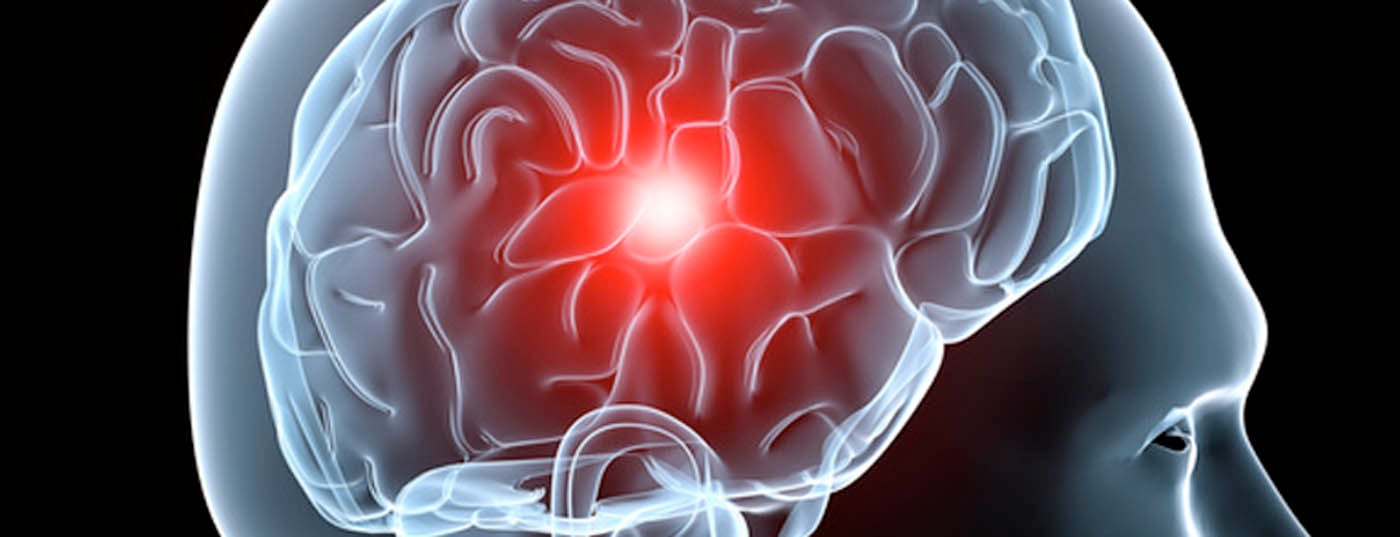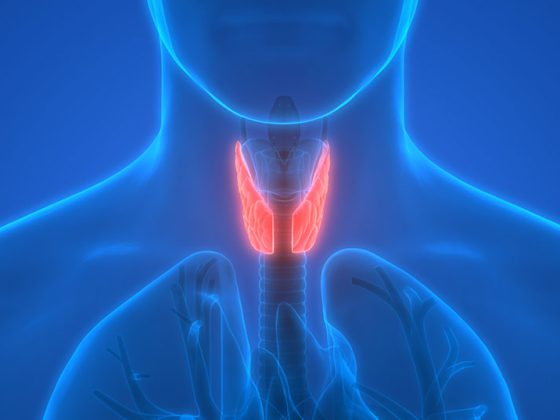After an acute cerebral infarction or a transient ischemic attack (TIA), the risk of another stroke is massively increased. That early treatment with an antiplatelet agent contributes to secondary prevention was demonstrated in the THALES study. Thus, ticagrelor as an add-on to aspirin after an ischemic stroke or TIA resulted in a significant risk reduction for another stroke.
In Switzerland, approximately 16,000 patients suffer a stroke each year [1]. Patients who have suffered an acute ischemic stroke or TIA are at high risk of falling victim to further ischemic events, especially within the first 30 days after the initial event. The period of highest risk is the first 24 hours after the initial event [2]. Early, intensive platelet inhibition after a noncardioembolic stroke or TIA is critical for prevention of another, potentially disabling or fatal stroke. In the phase III THALESA trial, ticagrelor together with aspirin significantly reduced the risk of the primary composite endpoint of stroke and death in patients in the post acute ischemic stroke or TIA state compared with aspirin alone [3].
Potential new treatment option for high-risk patients
The randomized-controlled, double-blind, event-driven, multicenter study included data from more than 11,000 study participants in 28 countries. Patients were randomized within 24 hours of the onset of acute ischemic stroke or symptoms of high-risk TIA and followed for 30 days of treatment. Ticagrelor 180 mg (Brilique®) was administered on day 1 at the earliest possible time after randomization, followed by 90 mg twice daily on days 2-30 or matching placebo. All patients received unblinded aspirin 300-325 mg on day 1, followed by 75-100 mg once daily on days 2-30. The antiplatelet agent was shown to reduce the risk of the primary combined endpoint of stroke and death by 17% (HR 0.83 [95% CI 0.71, 0.96], p=0.02) in patients in the post acute ischemic stroke or TIA state compared to aspirin alone [3]. The primary safety end point was time to first major bleeding event as defined by GUSTO (Global Utilization of Streptokinase and Tissue Plasminogen Activator for Occluded Coronary Arteries).
Based on the THALES study, the U.S. Food and Drug Administration (FDA) has accepted an expanded indication and granted accelerated approval for Brilique® to reduce further strokes in patients after acute ischemic stroke or TIA. The approval decision is scheduled for the fourth quarter of 2020. Ticagrelor (Brilique®) is a direct-acting P2Y12 receptor antagonist whose action is based on inhibition of platelet activation. To date, this antiplatelet agent has been approved in Switzerland as an add-on to aspirin for the prevention of atherothrombotic events in adult patients with acute coronary syndrome or history of known myocardial infarction at least 12 months ago, in the presence of another cardiovascular risk factor.
Literature:
- Swissneuro 2020, https://swissneuro.ch/Hirnschlag
- GBD 2017 DALYs and HALE Collaborators: Global, regional, and national disability adjusted life-years (DALYs) for 359 diseases and injuries and healthy life expectancy (HALE) for 195 countries and territories, 1990-2017: a systematic analysis for the Global Burden of Disease Study 2017. Lancet 2018; 392: 1859-1922.
- Johnston SC, et al: Ticagrelor and aspirin or aspirin alone in acute ischemic stroke or TIA. N Engl J Med 2020; published on July 15, 2020, at NEJM.org. DOI: 10.1056/NEJMoa1916870.
GP PRACTICE 2020; 15(9): 42
CARDIOVASC 2020; 19(3): 37











